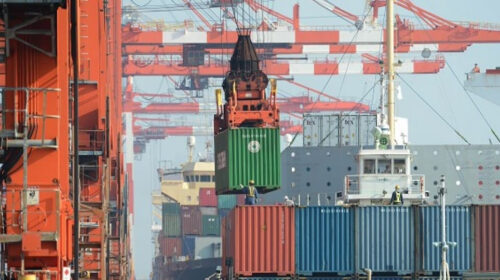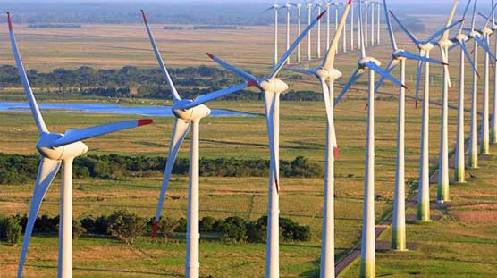The enthusiasm with which the federal government has declared a ban on luxury imports to deflate the import bill is absent in their ‘weak-kneed stance’ on reversing the fuel subsidies, which is equally critical not only to ease pressure on the economy, but also for the resurrection of a half-dead IMF loan programme. Will this import ban deliver the same goods on the ground as it does on paper? There are claims that this clampdown will help the country cut the import bill by $6 billion on an annual basis. It is factually incorrect to assume this ban can last for one full year.
The existing trade regime, supervised by the WTO, does not allow its member countries to create distortions. The WTO does, however, allow temporary steps to countries facing a balance-of-payments crisis. This requires stamped approval of the IMF. Pakistan’s team negotiating the revival of the stalled IMF programme have also shared a list of banned items with the IMF review mission during the ongoing talks in Doha (Qatar). The growth rate of current account deficit decelerated in April 2022 as it recorded an increase of $623 million against over $1 billion from the last so many months, which is a good omen for the country’s economic health. The SBP’s foreign reserves have depleted to around $10.1 billion.
Although cutting down imports is a good step in the right direction, it is of a temporary nature. The medium- to long-term solution lies in doing away from protectionism and promoting industrialization and the service sector to boost exports and earn dollars. Without ensuring dollar inflows and reducing reliance on foreign loans, Pakistan’s economic woes cannot be overcome. Currently we have an import cover of less than two months, while pregnant external debt maturities are in the offing. The government’s indecisiveness to attract inflows and/or roll over the maturing debt has complicated the situation gravely. Second, a reduction in imports would also affect the FBR’s revenue collection. In the first ten months, the country’s over 50 per cent revenue was collected at the import stage. If imports go down, so will revenue collection, jeopardizing the achievement of an upwardly revised collection target of Rs6.1 trillion. According to analysts’ estimates, only about 4-5 per cent of import bill, based on FY2021 trade numbers, will be impacted by these duties; however, the underlying fault lines that trigger recurring external account quakes are not getting any attention at all. Analysts say by calling off the unfunded subsidies the government can win a $1 billion tranche from the IMF, which is better than waiting for the import ban to bear fruit, but the government is dragging feet on it
Pakistan’s import bill soared to $65 billion in the first 10 months (July-April) of the current fiscal year and it is projected to touch $75 billion to $78 billion till the end of June 2022. The bill comprised some essential items such as energy including petroleum and RLNG and furnace oil as well as commodities for instance wheat, pulses, palm oil and cotton. Machinery, raw material and intermediary goods are also essential to boost up much needed exports. The import of petroleum products doubled in the first nine months. Many economists have been advocating a ban on import of luxury items for the last four years, arguing the import compression is necessary to save dollars. A dollar saved is a dollar earned.





